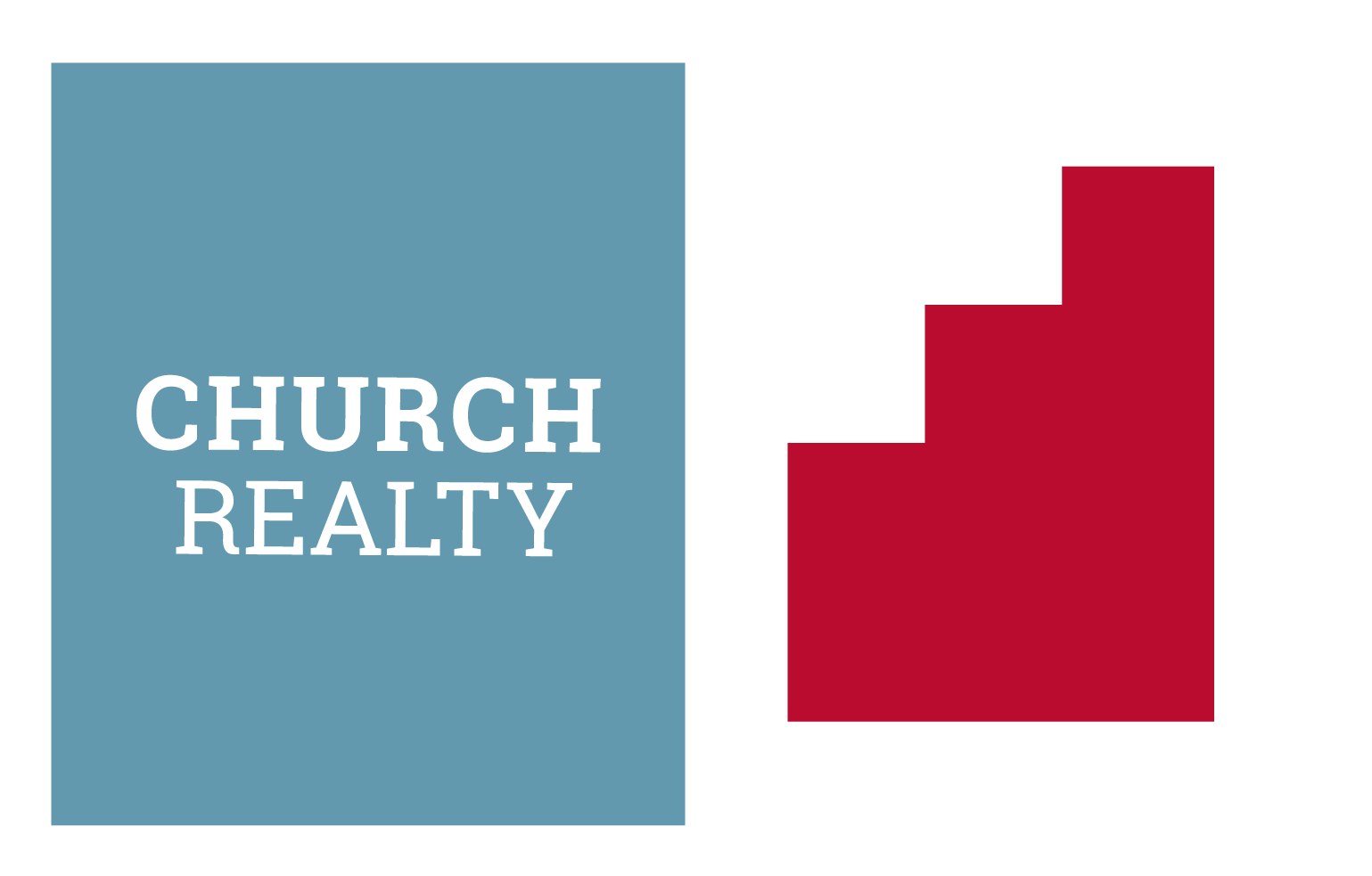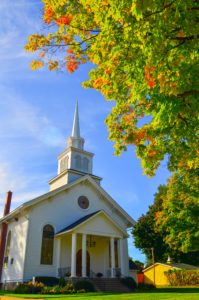
Football season is here. On August 27, eight Frisco, Texas, high school football teams played four games at the Ford Center at the Star. This brand-new, 91-acre development includes a 12,000-seat indoor high school football stadium. It also happens to be the new practice home and team headquarters of the Dallas Cowboys.
Parents, media, and the entire city celebrated the opening of this state-of-the-art facility. It is located in the area of booming development known locally as the “$5 Billion Mile.” The center will include retail, restaurants, offices, and other amenities to complete the mixed-use development.
So, what does this have to do with the church? Keep reading.
Buildings Are Tools
One of the high school games was televised on ESPN, and Cowboys Owner, President, and General Manager Jerry Jones was being interviewed. The interviewers asked Jones to talk about the new facility.
Jones, who has owned the Cowboys since 1989, responded, “As proud as we are of the buildings, those—at the end of the day—are tools. It’s the blood, it’s the people and it’s how you use them.” That is “Jerry speak” for the idea that buildings are just tools to serve and develop people.
I have listened to Jerry Jones speak for more than 25 years. I would not say I am his biggest fan. Ever since he fired former coach Tom Landry at the beginning of his ownership of the Cowboys, I have not agreed with much that Jones says or does. But this time, I stopped the game and hit the rewind button. Jones said what I and other like-minded partners have been saying:
Buildings are tools.
They are here to serve and develop the people who enter them. Many of the churches and church leaders I work with understand this, but many of us do not act on this understanding. When it comes to the church, buildings are just tools that exist to facilitate ministry and reach people.
An Understanding of what “Church” Means
In the past, I’ve written about the fact that the church is not the building. This concept plays a central role in how the American church is effective at being the church. Churches around the globe start in homes, communities, and city centers and do not have large buildings. When we start to realize that the buildings we build are tools, and we understand that different communities and different contexts have unique needs, we know we need to approach the building and use of church facilities in a new way.
The tools needed to do ministry in the heart of New York City are dramatically different than the tools needed to do ministry in West, Texas. The church that launches in a bar in Seattle might not work in Little Rock, Arkansas. Even in a city like Houston, pastors need different tools as they plant churches or campuses in different parts of the city.
If your church wants to multiply, it’s time to take a fresh look at how your building can be a tool to transform how you do ministry—and possibly save your church significant money.
A Lesson for All Church Bodies
This concept does not just apply to church plants and multisite churches. In my work, I encounter many churches that are declining, plateauing, or not keeping up with the population growth around them. Often, the congregations of these churches have something in common: To them, the building is the church. From “their seat” to “their Sunday School room,” many of these congregations have come to believe that the church and the building are one. And sadly, in many of these churches, there is little to no concern for reaching new people. The church exists for those who have been there for many years and helped fund or build the building. They have ceased to exist for those who have not yet come through the doors.
In order to revitalize established churches, and for churches to multiply, we must get serious in our approach to reaching nonbelievers. The buildings we build and the environments we create should be designed with the people we are pursuing in mind, not on the people we already have. This may require us to change how we have always done things. It may require us to use and design facilities differently than we have in the past.
As the cost to build facilities continues to rise, and there is a growing call for buildings that can be used every day as opposed to a couple of days per week, established churches, church plants and multisite churches alike must ask, “How will we use this facility?” It is an exciting time, and the church has a great opportunity to shine the light of the gospel in a dark world. Jerry Jones said buildings are tools—do you have the proper tool?
Engaging the Community
During the interview, Jones talked about the vision he has for the partnership between the Cowboys, the city of Frisco, and the Frisco Independent School District (ISD). He shared that he was excited that a high school football player would have the opportunity to walk onto the field for a game on a Friday night as an NFL player like Tony Romo is walking off the field from practice.
In nearby Allen, Texas, the school district spent $60 million to build a beautiful, state-of-the-art football stadium that many colleges would envy. In neighboring McKinney, Texas, construction is about to begin on a $70 million stadium. The development of the Ford Center at the Star development cost a total of $1.5 billion, but the city of Frisco’s contribution is capped at $60 million and the Frisco ISD’s contribution is capped at $30 million. While Allen and McKinney built their stadiums, the school districts and the taxpayers there took on more debt.
The partnership in Frisco created a unique commercial development, but it also created an environment the other two cities will not have. The scenario described by Jones is all about the opportunities that can come from multi-use developments.
Today, many churches start in spaces built for other uses; schools, hotels, theaters, bars, and restaurants are a few examples. These spaces allow churches to launch with lower startup costs. But some of these spaces also create unique opportunities to interact with people who are in the community and not involved with the church. If the church meets in the school, they have an opportunity to minister to the teachers and staff at the school intentionally. Worshipping in a hotel? You can make your worship experience open to those who work or stay at the hotel. It all comes down to the intentional engagement of people who are in the community or space you are sharing.
Jones’ vision for a multi-use facility can only happen if the professional athletes are willing to engage the amateur athletes who are sharing the space. The NFL players can become leaders to a specific group of people. As a church leader, you are not called to be the only person in your church who shares the gospel. You are tasked with raising a body of believers who will be a light in their areas of influence.
That is what Jones did by sharing his vision on national TV. He delivered a message to his players that the Cowboys are interested in influencing the next generation. What message are we delivering to our church members? Are we giving them opportunities to impact their communities with the message of the gospel?
Two Great Truths
While I don’t agree with many of the decisions Jones has made over the years, I have to give him credit for laying out two great truths that we can all learn from. First, buildings are tools to be used to accomplish a vision and develop people. Secondly, we must use the opportunities we have in our community to engage people with our message. If we fail to follow those principles, it doesn’t matter how impressive our buildings are.
Buildings are tools. Intentionally use them to accomplish your mission.
John Muzyka (@JohnMuzyka) is the senior director at Church Realty in Plano, Texas.

